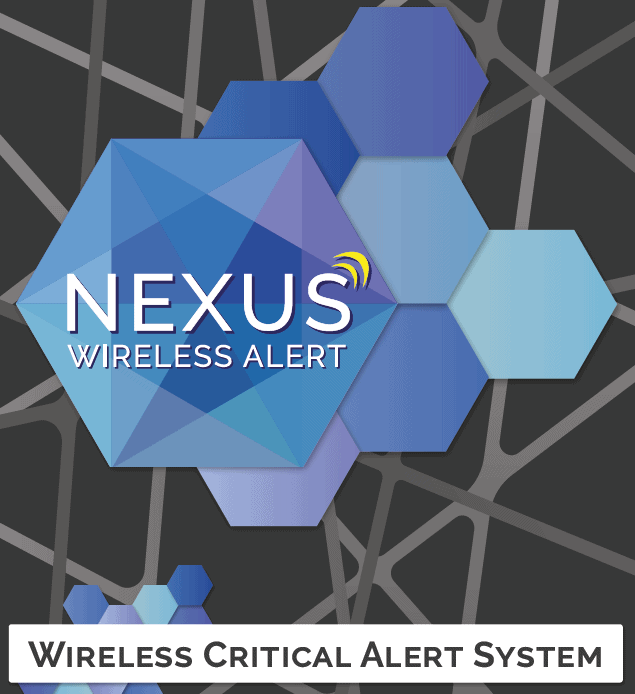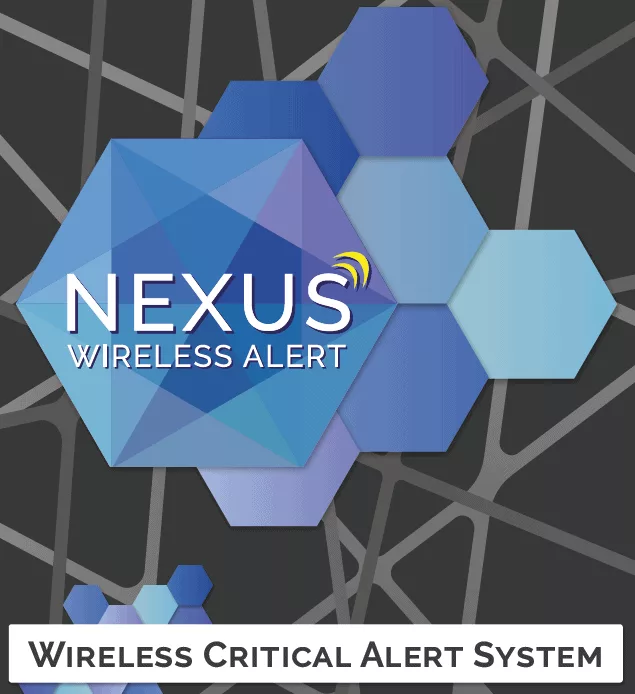
A robust and clear alert to fire, ideal for temporary or evolving sites that require a rapidly deployable and portable system.
The Nexus Fire Alert system has been designed specifically for use on temporary or evolving sites and complies with current HSE Fire Safety Guidelines (HSG168) which state that legally, construction sites must have an audible and visual alert to fire.
The UK construction industry is governed by several laws, guidelines and codes of practice including the Construction (Design & Management) Regulations 2015 (CDM), the Regulatory Reform (Fire Safety) Order 2005 and the BS5839-1 Fire Detection and Fire Alarm Systems for Buildings directive. These set out fire safety requirements for the construction industry with each one specifying an appropriate fire alert system for rapid evacuation in the case of fire or malicious activity.
The red, easily identifiable units require no wires or cabling and are fully portable, allowing them to be quickly installed on a construction or temporary site and easily moved around as the site evolves. The robust, wireless transmission capabilities of the Nexus system and sophisticated use of a mesh network allows Nexus to operate on even the most difficult and busy of sites easily and reliably.
Decibel levels of the sounder can be adjusted up to a maximum of 117 dB and external units have a durable IP66 weather rated enclosure. For additional protection from falling debris, Nexus units can be fitted with external cages.
As an additional level of security, a Genesis IP Masthead Receiver can be added to the Nexus system, which allows it to be monitored and controlled from one central location, such as the site office, using the Nexus PC app. This allows the Site Manager to quickly see which unit has been activated, clear alarms, initiate test alerts, and send out emails to 3 separate email groups.
Wireless smoke and heat detectors can be added to the system which will activate the Nexus units automatically in the event of a fire. The smoke and heat detectors boast a 10-year battery life and operate within 100m of any Nexus annunciator or sounder/beacon unit.

Exclusion Zone
Helps to keep workers and the general public safe by providing an alert to hazardous areas, clearly distinct from a fire alarm.
The construction industry is a major employer and accounts for around 7% of the UK workforce. There were 38 fatalities to workers and 6 to members of the public within the sector in 2017/18 and 58,000 injuries generally caused by falls, lifting equipment or being struck by a moving object. HSE reports these statistics as being much higher than in other sectors, so any system aimed at preventing accidents within the construction industry are welcomed.
Nexus Exclusion Zone units act as a warning when an area becomes too dangerous for workers or pedestrians to enter. This can be due to spillage, moving vehicles, crane activity, workers at height or any other type of hazardous operation. The units can be rapidly deployed around a perimeter, and the system can comprise of wireless call-points and annunciator or sounder/ strobes. Mobile keyfobs can be used to activate the Exclusion Zone units if used within 100m of a Nexus unit.
The amber units are easily distinguishable from fire alerts which helps avoid disruption and confusion in the event of an activation. Sounder units can play one of 32 different alert sounds, helping to make them audibly distinct from fire units. Annunciator variants can play a bespoke message that can be uploaded onto the unit using a plug-in module and pc console program. Alternatively, annunciator units can be supplied with a standard ‘hazard warning’ message.
The Nexus Exclusion Zone units require no wires, cabling or control panel and are fully portable. They can be quickly installed and used on temporary sites and moved easily around as required. With up the 32 different site codes available, the Exclusion Zone system can be rapidly deployed to several hazardous areas at once with units only interacting with others on the same site code. This means, for example, that units surrounding a spillage would not interact with units surrounding a crane as long as the two hazards are designated to separate sites.
Exclusion Zone units can be mounted onto a tripod, allowing them to be rapidly deployed to an area requiring exclusion where the units cannot be easily affixed to a wall.
Call us on 01772 336 111 for more information and to discuss your project requirements.

